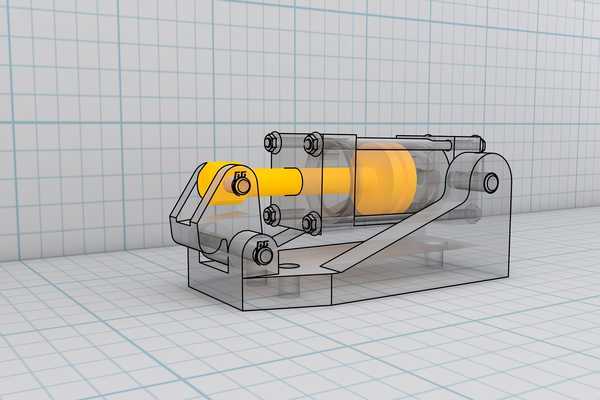What is CAD (Computer-Aided-Design)?
Computer-Aided-Design (CAD) has emerged as a revolutionary force, reshaping the way we conceptualize, create, and bring ideas to life.

What is a Computer-Aided Design (CAD) Software?
At its core, CAD is a software technology that facilitates the creation, modification, analysis, and optimization of design concepts. Its primary purpose is to enhance the efficiency of the design process by replacing traditional manual drafting with a streamlined digital platform. CAD is not limited to any specific field, making it a versatile tool that spans industries such as architecture, engineering, automotive design, and more.
Benefits of CAD
Precision and Accuracy: CAD enables designers to achieve unparalleled precision and accuracy in their creations. This eliminates the margin for error, ensuring that the final product aligns seamlessly with the intended design.
Time Efficiency: Traditional drafting can be time-consuming, but CAD accelerates the design process. With features like copy-paste and instant modifications, designers can iterate rapidly and meet tight deadlines.
Collaboration and Communication: CAD fosters collaboration by allowing multiple stakeholders to work on the same project simultaneously. This promotes effective communication and reduces the likelihood of misunderstandings.
Cost Reduction: The digital nature of CAD eliminates the need for physical materials like paper and ink. Additionally, identifying design flaws early in the process helps prevent costly errors during implementation.
Unleashing CAD's Capabilities
3D Modeling: CAD allows designers to create intricate 3D models, providing a comprehensive view of the design from all angles. This is particularly valuable in industries such as product design, engineering and architecture.
Simulation and Analysis: Engineers leverage CAD files for simulations and analyses, predicting how designs will perform in real-world conditions. This aids in optimizing designs for functionality and efficiency.
Rendering and Visualization: CAD tools excel in rendering realistic visualizations, enabling stakeholders to get a clear picture of the final product before it’s physically created.
Industries using CAD
The adoption of Computer-Aided Design (CAD) has transcended traditional boundaries, permeating various industries seeking efficiency, precision, and innovation.
Engineers in the aerospace and automotive industries leverage CAD for designing complex components and optimizing aerodynamics. The electronics industry benefits from CAD’s ability to create detailed circuit schematics and 3D models of electronic devices. In the realm of product design and manufacturing, CAD is indispensable for conceptualizing, prototyping, and refining products before they hit the market. In architecture and construction, CAD facilitates the creation of intricate building designs and precise construction plans.
Choosing the Right CAD Software
Selecting the appropriate CAD software depends on factors such as industry, specific requirements, and personal preferences. Conducting thorough research on available options, considering user reviews, and understanding the software’s compatibility with existing systems are crucial steps in making an informed decision.
How do I learn CAD?
Learning CAD may seem daunting, but numerous resources are available for both beginners and advanced users. Online tutorials, courses, and certifications from platforms and official CAD software websites offer structured learning paths.
So cool!